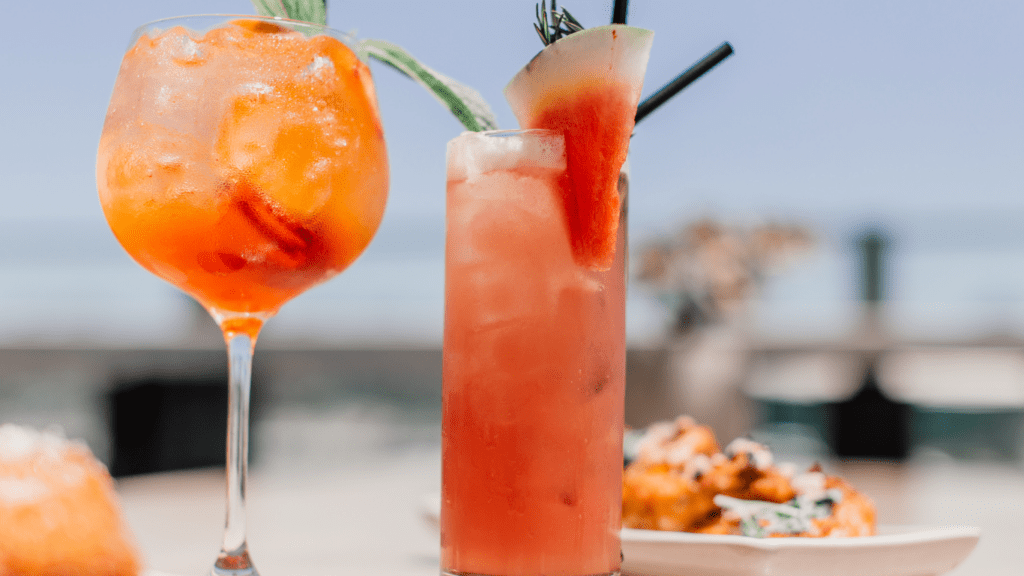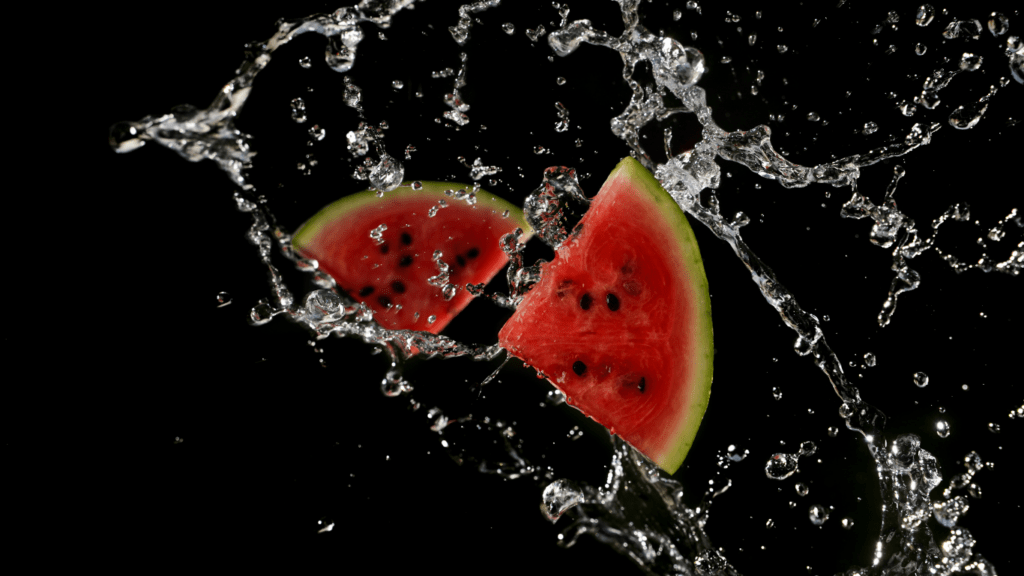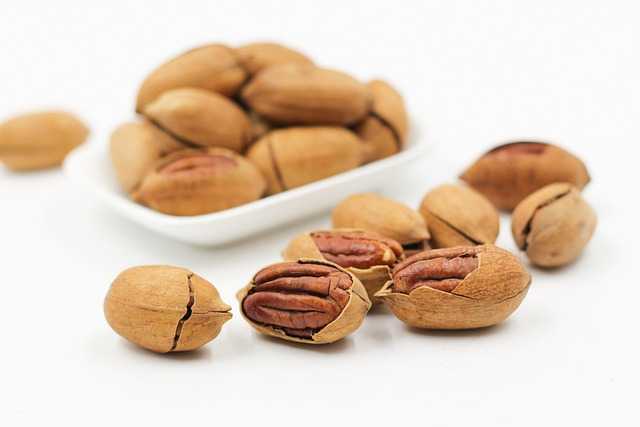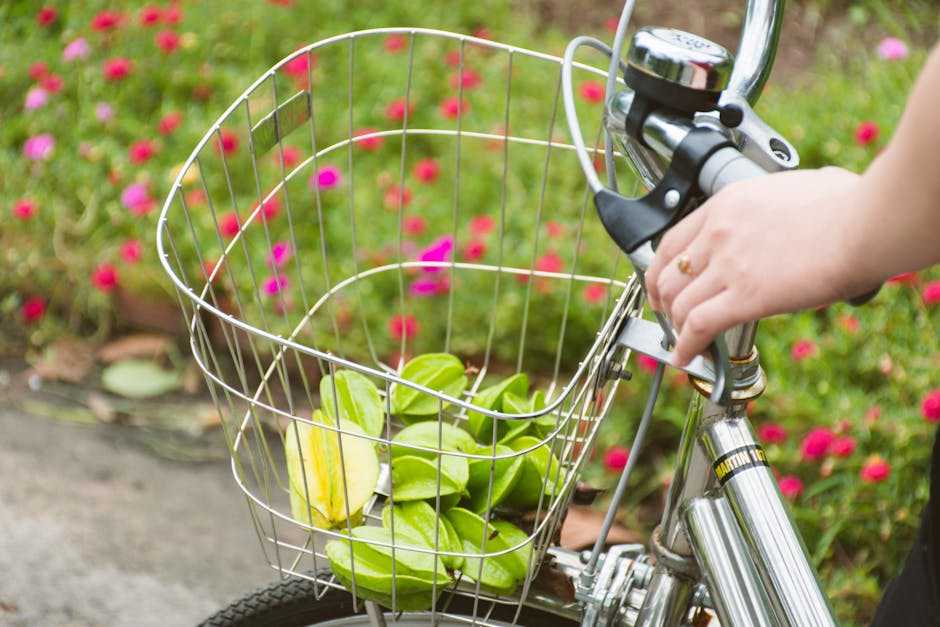Understanding Hydration: Basics for Cyclists
Cyclists need a solid grasp of hydration to maintain performance and health. Misconceptions about hydration can lead to poor practices, so understanding the basics is crucial.
Why Hydration Matters
Staying hydrated keeps bodily systems functioning efficiently. Proper hydration supports muscle function, preventing cramps and fatigue.
Dehydration, even mild, impairs cognitive performance and reaction time, crucial for safe cycling.
Sources of Hydration
Water isn’t the only hydration source. Fruits contain water; for example, watermelon has 92% water content. Sports drinks provide electrolytes essential for long rides.
Including a variety of hydration sources helps maintain a balanced electrolyte level and overall hydration.
Common Hydration Myths Debunked
Cyclists often encounter many hydration myths that can lead to ineffective hydration practices. Here, I’ll debunk some common ones to clarify how hydration truly impacts cycling performance.
Myth 1: You Need to Drink Eight Glasses of Water Daily
The belief that everyone needs to drink eight glasses of water daily isn’t accurate. Individual hydration needs vary based on factors like:
- body weight
- activity level
- climate
For cyclists, it’s more effective to monitor hydration by observing urine color—light yellow indicates adequate hydration, while darker shades suggest dehydration.
During intense rides, incorporating electrolytes from sports drinks can better maintain hydration and performance than just water alone.
Myth 2: Dehydration Is Only a Hot Weather Concern
Assuming dehydration only occurs in hot weather can leave cyclists unprepared. Dehydration can happen in any climate, even in cold weather, since exercise increases fluid loss through sweat and respiration.
Additionally, the sense of thirst diminishes in colder temperatures, which might lead to insufficient fluid intake.
Cyclists should consciously hydrate before, during, and after rides, regardless of external temperatures, to maintain optimal function and safety.
Hydration Facts Every Cyclist Should Know

Every cyclist needs to stay hydrated to maintain peak performance and well-being. Understanding effective hydration techniques and the role of electrolytes can make significant differences.
Effective Hydration Techniques
Cyclists should hydrate consistently. Drinking small amounts frequently while riding helps avoid both dehydration and overhydration. I recommend carrying two water bottles, one with water and the other with an electrolyte solution.
When choosing hydration quantities, I avoid relying solely on thirst since it may not always accurately indicate my hydration needs.
Pre-hydrate by drinking a glass of water 30 minutes before a ride and rehydrate post-ride to replace lost fluids.
The Role of Electrolytes in Hydration
Electrolytes like sodium, potassium, and magnesium play crucial roles in maintaining fluid balance in the body. During intense rides, sweat loss can lead to significant electrolyte depletion.
I use electrolyte-rich sport drinks to replenish these essential minerals. Sodium aids in fluid retention, potassium supports muscle function, and magnesium prevents cramps.
Including electrolyte sources during rides ensures my body’s hydration levels remain optimal, enhancing performance and preventing fatigue.
Choosing the Right Hydration Gear
Selecting the proper hydration gear significantly impacts a cyclist’s performance and comfort. The main options include hydration packs and water bottles, each with its own set of advantages.
Hydration Packs vs. Water Bottles
- Hydration Packs: These backpacks come with a built-in water reservoir, providing a hands-free drinking experience. They’re ideal for long-distance rides or off-road cycling.
Hydration packs offer larger capacities, often ranging from 1.5 to 3 liters. Features like bite valves and sip tubes make it easy to drink while riding without stopping. Some packs include storage compartments for tools, snacks, or extra clothing.
- Water Bottles: The traditional choice for cyclists, water bottles fit easily into bike-mounted cages. Typically holding between 500 ml to 1 liter, they offer easy access and simple refilling.
Water bottles work well for short to medium rides. Insulated bottles keep liquids cool, which is beneficial during hot weather. They also allow for precise intake measurement, assisting in tracking hydration levels.
Innovations in Hydration Equipment
- Smart Bottles: Technology-enhanced bottles now feature sensors to monitor fluid intake and remind cyclists to hydrate. Some connect to smartphones via apps, providing real-time hydration stats. These innovations are useful for maintaining consistent hydration levels.
- Self-Cleaning Systems: Some hydration devices now include UV-C light technology that sanitizes water, ensuring it’s safe to drink. This feature is particularly useful during long rides where access to clean water may be limited.
- Integrated Tool Compartments: Modern hydration packs often come with compartments specifically designed to store essential biking tools. This integration ensures that cyclists have easy access to tools without carrying additional bags.
When choosing hydration gear, consider the ride duration, intensity, and personal preferences. The right equipment enhances hydration efficiency and overall cycling experience.

 I'm Daniel Leverette, and I’m excited to be part of the incredible team at Cycle Smooth Ride Long. Cycling has always been a passion of mine, and now, I get to share that passion with you by bringing expert insights, reviews, and tips to help you elevate your ride.
At Cycle Smooth Ride Long, we believe that every cyclist deserves the best experience, whether you’re hitting the pavement for a casual ride or gearing up for an intense training session. My goal is to ensure that you have the knowledge and tools you need to enjoy every mile, from choosing the right gear to optimizing your nutrition and fitness.
I'm Daniel Leverette, and I’m excited to be part of the incredible team at Cycle Smooth Ride Long. Cycling has always been a passion of mine, and now, I get to share that passion with you by bringing expert insights, reviews, and tips to help you elevate your ride.
At Cycle Smooth Ride Long, we believe that every cyclist deserves the best experience, whether you’re hitting the pavement for a casual ride or gearing up for an intense training session. My goal is to ensure that you have the knowledge and tools you need to enjoy every mile, from choosing the right gear to optimizing your nutrition and fitness.
